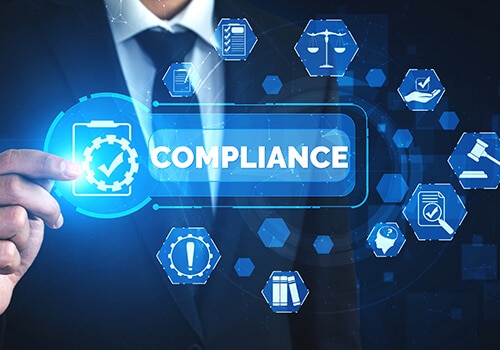The evolving AI market presents tremendous opportunities for businesses eager to develop AI-powered applications. However, building successful AI models requires complex algorithms trained on high-quality datasets. Both selecting the right AI training data and having a streamlined collection process are critical to achieving accurate and effective AI outcomes.
This blog combines guidelines for simplifying AI data collection with the importance of choosing the right training data, providing a comprehensive approach for businesses striving to create impactful AI models.
Why Is AI Training Data Important?
AI training data is the backbone of any successful AI application. Without high-quality training data, your AI model may produce inaccurate results, incur higher maintenance costs, damage your product’s credibility, and waste financial resources. By investing time and effort into selecting and collecting the right data, businesses can ensure their AI models generate reliable and relevant outcomes.
Key Considerations When Selecting AI Training Data
Relevance
Data should directly align with the AI model's intended function.
Accuracy
High-quality, error-free data is crucial for reliable model training.
Diversity
A broad range of data points helps prevent bias & improves generalization.
Volume
Sufficient data is needed to train robust and accurate models.
Representation
The training data should accurately reflect the real-world scenarios the model will encounter.
Annotation Quality
Correct and consistent labeling is essential for supervised learning.
Timeliness
Use the most up-to-date data to keep the AI model relevant and effective.
Privacy & Security
Ensure compliance with data protection regulations.
6 Solid Guidelines to Simplify Your AI Training Data Collection Process
What Data Do You Need?
This is the first question you need to answer to compile meaningful datasets and build a rewarding AI model. The type of data you need depends on the real-world problem you intend to solve.
Example Scenarios:
- Virtual Assistant: Speech data with diverse accents, emotions, ages, languages, modulations, and pronunciations.
- Fintech Chatbot: Text-based data with a good mix of contexts, semantics, sarcasm, grammatical syntax, and punctuations.
- IoT System for Equipment Health: Images and footage from computer vision, historical text data, stats, and timelines.
What Is Your Data Source?
ML data sourcing is tricky and complicated. This directly impacts the results your models will deliver in the future and care has to be taken at this point to establish well-defined data sources and touch points.
- Internal Data: Data generated by your business and relevant to your use case.
- Free Resources: Archives, public datasets, search engines.
- Data Vendors: Companies that source and annotate data.
When you decide on your data source, consider the fact that you would be needing volumes after volumes of data in the long run and most datasets are unstructured, they are raw and all over the place.
To avoid such issues, most businesses usually source their datasets from vendors, who deliver machine-ready files that are precisely labeled by industry-specific SMEs.
How Much? – Volume of Data Do You Need?
Let’s extend the last pointer a little more. Your AI model will be optimized for accurate results only when it is consistently trained with more volume of contextual datasets. This means that you are going to require a massive volume of data. As far as AI training data is concerned, there is no such thing as too much data.
So, there is no cap as such but if you really have to decide on the volume of data you need, you can use the budget as a decisive factor. AI training budget is a different ball game altogether and we’ve extensively covered the topic here. You could check it out and get an idea of how to approach and balance data volume and expenditure.
Data Collection Regulatory Requirements

If you are sourcing your data from vendors, look out for similar compliances as well. At no point should a customer’s or user’s sensitive information be compromised. The data should be de-identified before it is fed into machine learning models.
Handling Data Bias
Data bias can slowly kill your AI model. Consider it a slow poison that only gets detected with time. Bias creeps in from involuntary and mysterious sources and can easily skip the radar. When your AI training data is biased, your results are skewed and are often one-sided.
To avoid such instances, ensure the data you collect is as diverse as possible. For instance, if you’re collecting speech datasets, include datasets from multiple ethnicities, genders, age groups, cultures, accents, and more to accommodate the diverse types of people who would end up using your services. The richer and more diverse your data, the less biased it is likely to be.
Choosing the Right Data Collection Vendor

So, look at their previous works, check if they have worked on the industry or market segment you are going to venture into, assess their commitment, and get paid samples to find out if the vendor is an ideal partner for your AI ambitions. Repeat the process until you find the right one.
With Shaip, you get reliable, ethically sourced data to power your AI initiatives effectively.
Conclusion
AI data collection boils down to these questions and when you have these pointers sorted, you could be sure of the fact that your AI model will shape up the way you wanted it to. Just don’t make hasty decisions. It takes years to develop the ideal AI model but only minutes to fetch criticism on it. Avoid these by using our guidelines.









